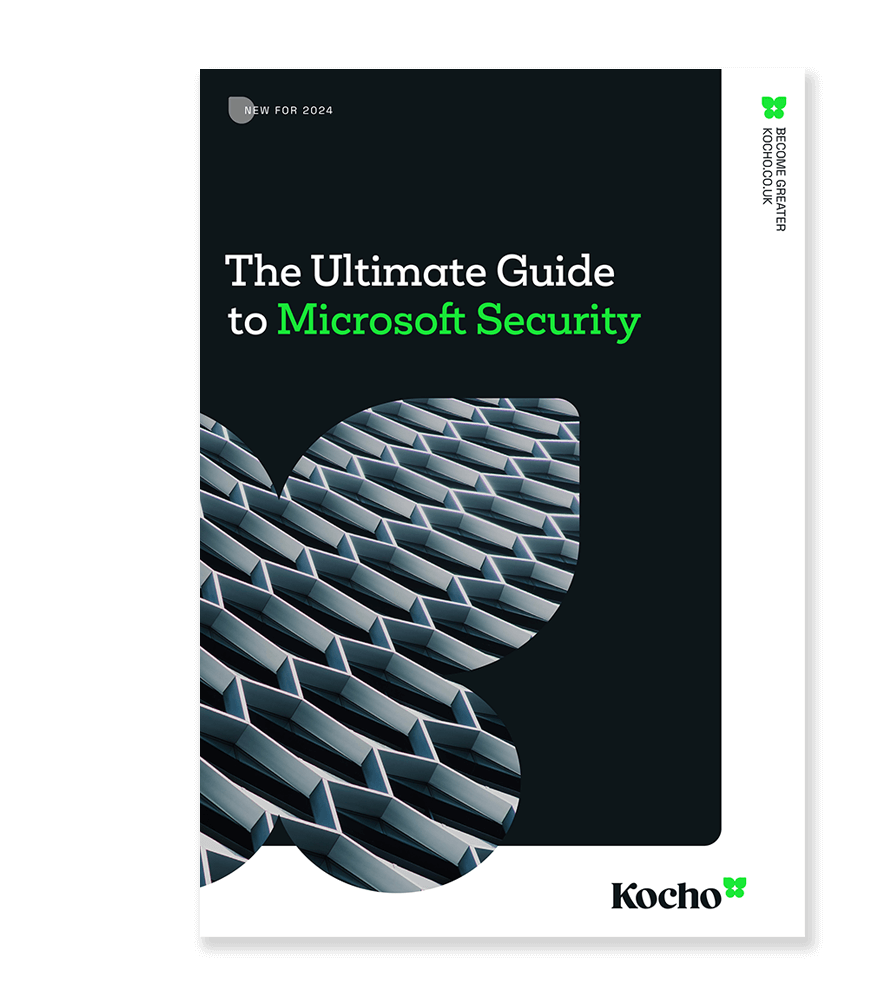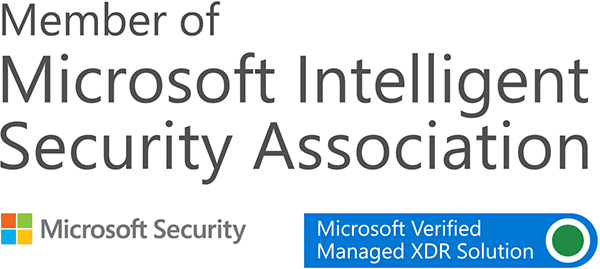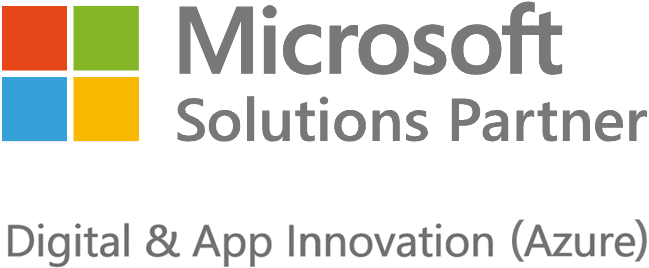Mid-sized businesses are under growing pressure to defend against complex cyber threats with limited resources. Could Microsoft Defender XDR be the solution SMEs need to simplify security operations and stay protected?
It’s no secret that many security operations centres (SOC) across all kinds of organisations are under pressure.
Overwhelmed by a tsunami of data and alerts. Struggling against new threats, widening attack surfaces, and the constant worry of identity, endpoint, or network compromise.
For small to medium sized enterprises (SMEs), the problem is often compounded by a significant lack of time, resources, and headcount needed to keep up.
And while the media may focus on those big Nation State attacks and breaches at major multinationals, the day-to-day cyber criminals are focusing their attention on these mid-sized organisations.

70% of medium businesses in the UK experienced some form of cyber breach in the past year.
It’s a scenario begging for a solution with organisations looking to modernise their security stacks so they stand up to the threats.
We appreciate, of course, that this is often easier said than done.
All too often, SOCs seem hamstrung by spiralling costs, over-worked teams, and a fragmented security estate made up of a multitude of tools and vendors.
To turn the tide against this situation, we’re firm believers in moving towards a joined-up approach to your security. Of bringing every element, from endpoints and identities to cloud apps, emails, and access, into a single unified structure.
Which is why, at Kocho, our Managed SOC team turn to Microsoft Defender XDR and its integrations into the wider Microsoft ecosystem. Helping overcome the common challenges that our clients regularly face.
What is Microsoft Defender XDR?
Defender XDR is Microsoft’s Extended Detection and Response (XDR) platform.
It’s an evolution of the previous Microsoft 365 Defender, designed for the AI generation. Combining ever evolving machine learning with Microsoft’s vast intelligence network, Defender XDR offers new levels of speed and efficiency in advanced cyber threat detection, investigation, and response.
A central hub for unifying security and offering a single view of the threat landscape across the entire estate, including:
- Identity and Access (Microsoft Defender for Identity)
- Endpoints (Microsoft Defender for Endpoint)
- Cloud Apps (Microsoft Defender for Cloud Apps)
- Email and collaboration tools (Microsoft Defender for Office 365)
Built on Microsoft’s AI and threat intelligence, Defender XDR brings automation, integration, and machine-speed protection to overburdened security teams.


Free Guide
The Ultimate Guide to Microsoft Security
The most comprehensive guide to Microsoft Security. Over 50 pages. Microsoft licensing and pricing simplified.
Discover technologies that:
- Detect and disrupt advanced attacks at machine-speed
- Tap into the world’s largest threat intelligence network
- Protect identities, devices, and data with ease
How Microsoft Defender XDR meets SME cybersecurity challenges
From streamlining SecOps workflows and cutting through alert noise to AI-driven attack disruption, Microsoft Defender XDR provides solutions to the challenges and frustrations we often hear from the clients and guests who attend our workshops and webinars.
Vendor consolidation for lower costs and greater security
Organisations are generally savvy enough to know they need to invest to protect against threats. However, we regularly see this investment being put against whatever new technology has turned their head for a particular part of the business.
Leaving them with a patchwork quilt of different tools for different areas of the estate.
If this sounds familiar, then you’re not alone.

Organisations are cobbling together an average of 75 security solutions to reach “comprehensive” security.
This is an expensive and dangerous strategy. Not only increasing costs by paying for a raft of licences (that you don’t need), but creating a management nightmare and a fragmented, siloed security structure.
And, as we’ve discussed before, this leaves you vulnerable to modern threat actors. Always on the hunt for ‘quick wins’ they’ll readily exploit gaps between security silos or slow responses due to inefficient analysis across the different solutions.
Modern security needs a unified approach.
Which is why, as reported in Future CIO:
80% of CIOs are prioritising vendor consolidation.
60% cost savings are being yielded by consolidation.
88% of organisations have seen a reduction in cyber threats since unifying security.
Microsoft Defender XDR provides a comprehensive and cost-effective cybersecurity solution for SMEs and enterprise organisations alike by reducing redundancy and consolidating vendors:
Reduced Vendor Costs: Integrating endpoint, email, identity, and cloud protection into one solution eliminates the need for multiple specialised products.
Lower Operational Costs: Automation and unified management reduce the workload on SecOps teams, allowing them to handle more threats without over-stretching resources.
Defender XDR provides a unified view across the estate
Whether through fragmentation, under-resource, or ineffective technology, too many SOCs lack a clear picture of their estate.
Making it harder to detect and respond to threats. Increasing both workload and overall vulnerability.
One of the standout features of Microsoft Defender XDR is its ability to provide a unified view across endpoints, identities, email, and cloud workloads. This eliminates silos and offers SecOps teams a holistic understanding of threats affecting the organisation.
By unifying these views, SecOps teams can track threats across multiple domains, enabling more accurate investigation and faster remediation.
AI-Driven detection and response
Defender XDR leverages Microsoft’s vast security intelligence network, which analyses over 65 trillion signals daily, to power its AI-driven detection and response capabilities. Key features include:
Automated Threat Detection: Uses machine learning models trained on Microsoft’s global threat intelligence to identify sophisticated attacks, like supply chain intrusions and ransomware campaigns.
Prioritised Alerts: Employs AI to correlate alerts into incidents, reducing noise and allowing analysts to focus on the most critical threats.
Automated Response: Applies predefined remediation actions or recommendations, such as isolating devices, blocking users, or quarantining emails, significantly reducing mean time to respond (MTTR).
Advanced attack disruption
By integrating attack disruption capabilities with AI-driven detection, Defender XDR can neutralise sophisticated threats proactively.
For example, if a malicious actor gains access through a phishing attack, the platform can automatically disable compromised accounts, isolate affected devices, and block malicious domains or IPs.
Seamless integration with Microsoft Sentinel
By combining Defender XDR with Microsoft Sentinel, organisations benefit from a fully integrated XDR and SIEM solution that provides efficient, effective end-to-end security across every touchpoint. From monitoring and detection to investigation, analysis, and remediation.
Powered by AI for accuracy, consistency, and rapid machine-speed detection and responses.
Unified security monitoring: Aggregates and correlates data from Defender XDR, providing comprehensive threat visibility.
Proactive threat hunting: Enables analysts to conduct proactive searches across all security data with built-in and custom queries.
Automated incident response: Allows teams to create playbooks that automate response workflows, reducing manual intervention.
Unrivalled threat intelligence: Utilises Microsoft’s global network to deliver up-to-date threat insights.
Defender XDR cuts the cost of alert fatigue
Another side effect of having too many tools from disparate sources is the amount of noise they create.
We hear regularly about security teams overwhelmed by the amount of alerts being bombarded their way. It’s a one-way ticket to slow analysis, critical delays in response, and missed threats.

44% of alerts go un-investigated due to alert fatigue.
The combination of AI-driven prioritisation in Defender XDR and Sentinel’s incident management capabilities helps reduce this alert fatigue.
Instead of dealing with hundreds of disconnected alerts, analysts receive comprehensive incidents that are easier to investigate and act upon. Naturally, this rapidly accelerates the response times while also reducing ‘false positive’ incidents and missed threats.
Moreover, in an environment that can be stressful, and where burnout is commonplace, this unified platform reduces the strain on security teams. Providing a platform and the tools to do their job to the best of their abilities.

73% of SME security professionals report missing or ignoring critical security alerts due to overload.
Streamlining workloads and improving productivity
In addition to reducing the pressure brought by a barrage of alerts, utilising the tools and integrations within Microsoft Defender XDR enables organisations to unlock more efficient processes and greater productivity across security operations.
Streamlining investigation: Investigators can trace an attack path across endpoints, email, and identity from a single dashboard.
Reducing manual work: Automated remediation and incident response reduce the need for manual intervention.
Consolidating tools: Eliminates the need for multiple disparate tools, simplifying the security stack.
Centralised management: Single-pane-of-glass visibility enables effective monitoring and decision-making.
Enhanced collaboration: Cross-domain insights facilitate collaboration between different security teams.
A simplified solution for SME cybersecurity
The ambition of Microsoft’s unified approach to security is to enable organisations of all sizes to bridge the perennial gap between protection, productivity, and cost management.
In Microsoft Defender XDR they have a security platform that seamlessly integrates with the other core pillars in the Microsoft estate, like Sentinel, Entra, and Purview.
By leveraging these integrations alongside AI-driven detection, and advanced attack disruption, Defender XDR offers a solution for and pathway to rapid detection, improved efficiency, and significant cost consolidation.
Key takeaways
SOCs and SecOps teams are under pressure from advanced attacks, resource scarcity, and alert overload.
SMEs are now the majority target for money-driven cyber attackers.
Microsoft Defender XDR offers a central hub for unified security management of your estate.
It helps you improve visibility, eliminate alert fatigue, and reduce costs through vendor consolidation.
Defender XDR delivers AI-powered rapid detection, response, and attack disruption.
Integrate with Sentinel for a unified XDR and SIEM solution for machine-speed investigation and remediation.
Did you know there’s a major shift among SMEs in the UK towards working with cybersecurity partners to ensure they have security operations that can stand up to today’s threats?
Get in touch with us today and find out how our award-winning security service combines tools like Defender XDR and Sentinel with unrivalled expertise, to keep organisations like yours protected.


Free Guide
The Ultimate Guide to Microsoft Security
The most comprehensive guide to Microsoft Security. Over 50 pages. Microsoft licensing and pricing simplified.
Discover technologies that:
- Detect and disrupt advanced attacks at machine-speed
- Tap into the world’s largest threat intelligence network
- Protect identities, devices, and data with ease
Next steps
Like this guide? Then don’t forget to share it with your followers.

Great emails start here
Sign up for free resources and exclusive invites
Subscribe to the Kocho mailing list if you want:
- Demos of the latest Microsoft tech
- Invites to exclusive events and webinars
- Resources that make your job easier

Don't Miss
Great security & compliance resources
























Got a question? Need more information?
Our expert team is here to help.








